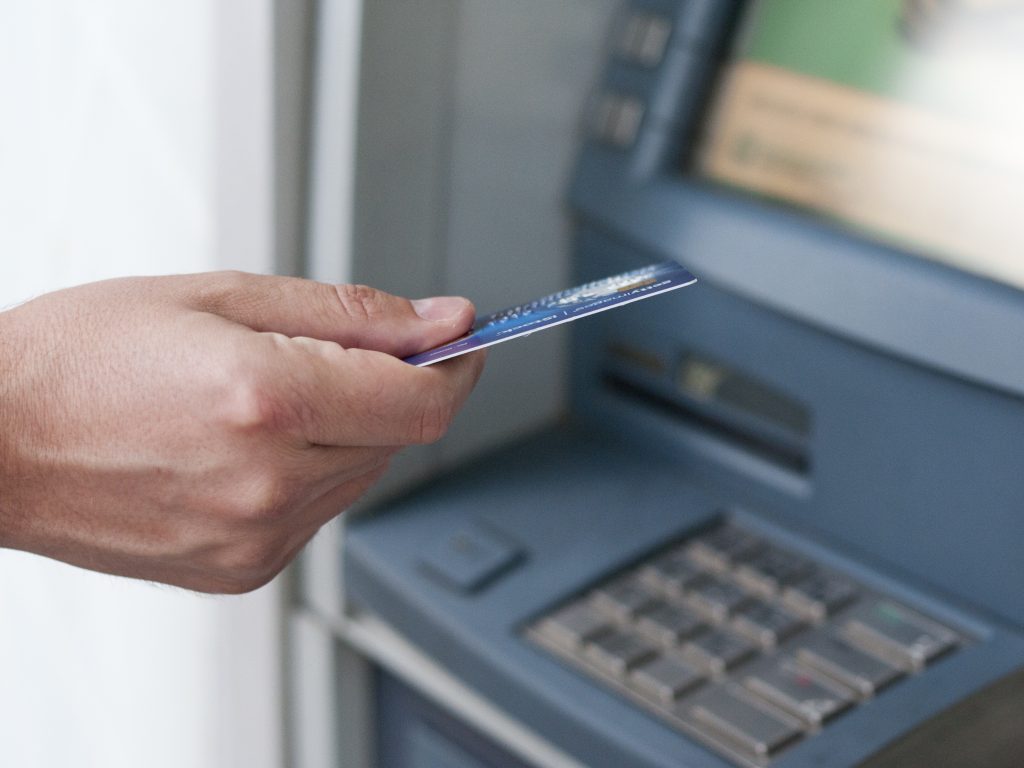The future role of the ATM as a self-service channel is continually debated, with many experts questioning its value in an ever-changing digital world. Smartphones, cashless, online banking, digital currency and contactless are often seen as more important than this 50-year-old channel. For many younger consumers – all they have ever known is digital first interactions. Alongside wider digital change, the ATM is currently witnessing many innovations and product launches that highlights it will still be a very important area of financial technology for retail banks and consumers.
The ongoing development of new technologies and experiences at the ATM channel demonstrates how it can continue to be important to be for banks and their customers. As we begin 2019, how can we expect the channel to perform and to continue evolving during the next 12 months? How can the ATM meet the needs of digital natives – namely those people born or brought up during the age of digital technology. Here are five key trends that are anticipated to be of importance in 2019 and beyond.
Modernization of older ATM estates
The replacement of legacy ATMs installed globally will start to gather even greater momentum in 2019 and beyond. Retail Banking Research: Global ATM Market and Forecasts to 2023 confirm that around 90% of all ATMs that ship globally will replace an existing installation. As part of this modernization, the growth of contactless transactions and mobile pre-staging will also begin to gain momentum to maximize convenience for users. The ability of the ATM to offer “branch in a box” functionality and deliver more than 90% of branch based technology through an automated channel is also going to gain further momentum in 2019 and beyond.
For financial institutions and ATM deployers, embracing modernization could prove more important than ever in 2019. The financial services industry is moving forward at a quicker pace than ever before, and younger digital first consumers are going to expect the evolution of the ATM channel to match trends seen in other industries such as travel, retail or hospitality as time evolves. Touchscreens, brighter displays, video banking, dynamic branding and faster transaction times are just some attributes, such as those on the NCR 80 SelfServ Series, that’ll be important to consumers at the ATM in the future.
Payments choices of cash and cashless
Despite the endless industry talk of the possibility of a cashless society, the focus for financial institutions should be on enabling the maximum payments choice for their customers. Financial inclusion to all remains important and it is worthwhile remembering that the equivalent of over $400,000 USD cash withdrawals are made every second at the world’s 3.2 million ATMs each year. That’s around 17% of the world’s GDP. The sheer scale of these volumes highlight that cash can co-exist along with other payment methods into the future.
Various studies and reports have shown that cash remains extremely popular among consumers and has a key role to play in the global financial ecosystem. Banks should prioritize optimum performance and availability in the ATM channel to ensure that those people who still rely on physical currency can access it whenever and wherever they choose.
Growth in deposit and recycling
The RBR Global ATM Market and Forecasts to 2023 report showed that an increasing number of banks across the globe are giving their customers the opportunity to make automated deposits at ATMs. Cash recycling is also on the rise, opening the dual benefits of maximum availability for consumers and reduced cash management costs for banks. An estimated 16% of the world’s ATMs are enabled for cash recycling.
Given the clear and tangible advantages to be gained from combined deposit and recycling machines, the industry can expect to see further growth in their use throughout the coming year and beyond.
Differentiation through software
It is the combination of modern hardware and software together that can help financial institutions stand out from the competition. Having ATM software that enables seamless alignment with current and future needs is going to be key in the future, particularly as consumers demand a consistency between mobile and physical channels. The ability to display personalized, seasonal and location based marketing at the ATM by linking to CRM systems can also help enhance marketing capabilities at the ATM. This is vital, particularly given 80% of banking consumers continue to use an ATM as a primary interaction method with their financial institution (Source: Celnet / Samsung and The Financial Brand – June 2018), scoring higher than online banking (75%), mobile banking (75%) and branch (55%) – as a way to interact
The ABCD of Banking
Is it possible that we could see ATMs breaking entirely new ground in 2019, as the diverse range of transactions offered to consumers continues to change. Be it transactions such as multi-currency cash dispense, account opening, loan repayments or ticket dispensing the ATM is clearly one of the most flexible self-service channels that a financial institution can look to deploy to not only reduce costs but also to drive convenience for consumers. In a digital first future, the ATM in 2019 should be pivotal alongside branches, call centres and digital in helping banks realize their wider transformation initiatives.
Windows 10 upgrades
On the 14th January 2020, Microsoft® plans to end support for Windows® 7 which will impact the ATM industry. Financial institutions in 2019 therefore need to start to plan for the upgrade to Windows 10. NCR has collaborated with both Microsoft and Intel® to develop a single, clear strategy to ensure that the upgrade is as simple and seamless as possible. Windows 10 incorporates optimized security features for the ATM network that are not available in earlier versions. Together with upgraded security, Windows 10 brings enhanced interactions to the ATM end-user experience. The potential risks of not moving to Windows 10 are reputational risk through security vulnerabilities, no more security patches, additional upgrade patches will no longer be issued and non-compliance with PCI could result in fines. NCR is positioned to provide full support to our global clients and help them realize their deployment goals with Windows 10 and our global professional services division is ready to help you plan and implement the upgrade.
Categories: ATMs Banking Payments Retail







